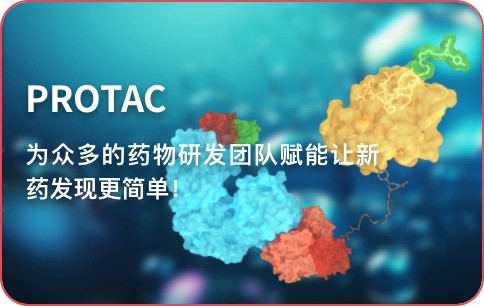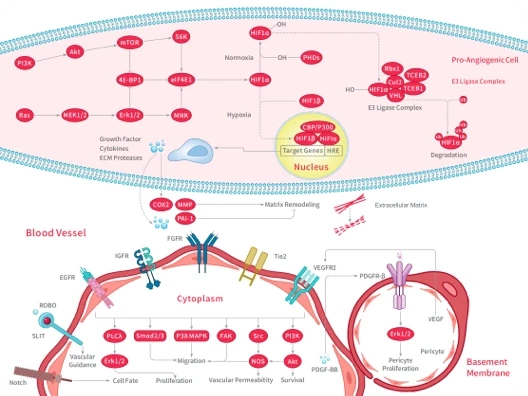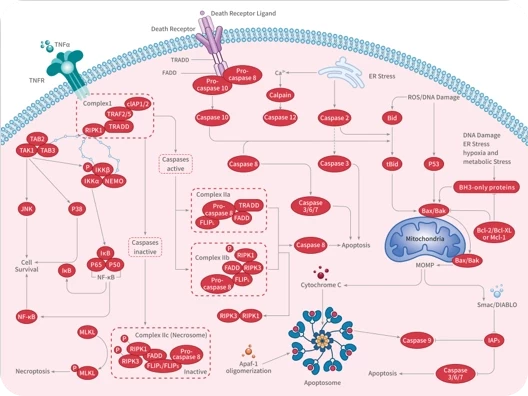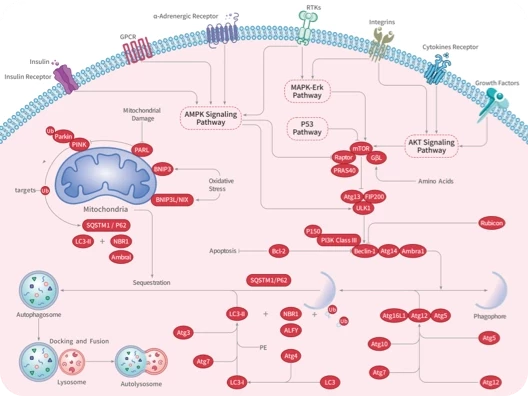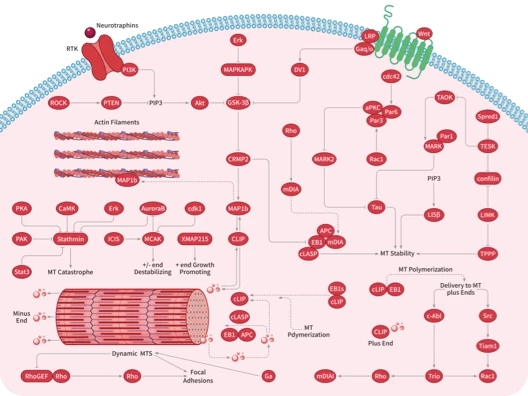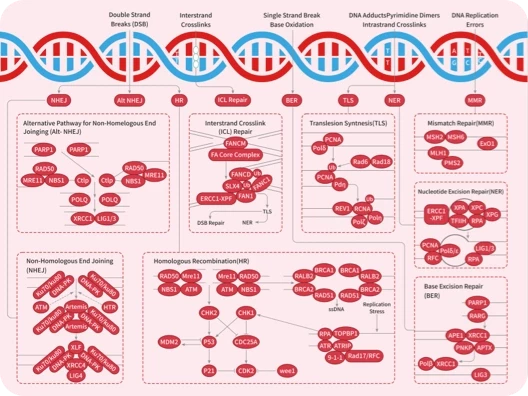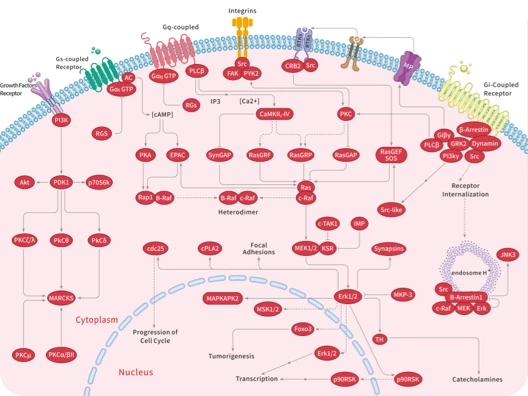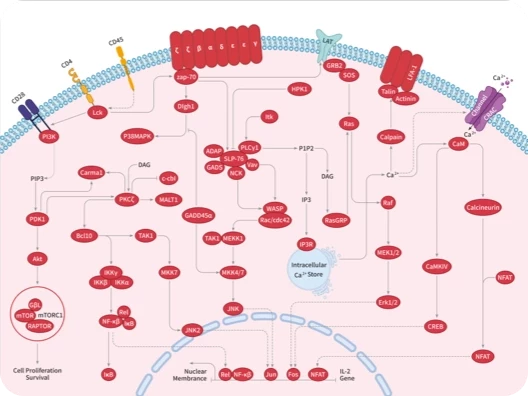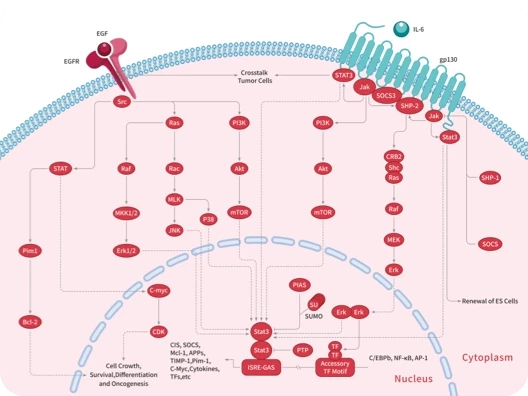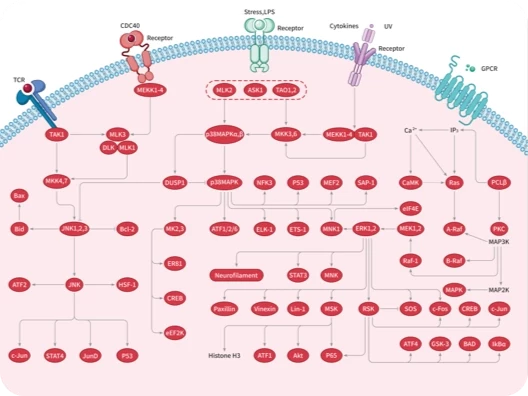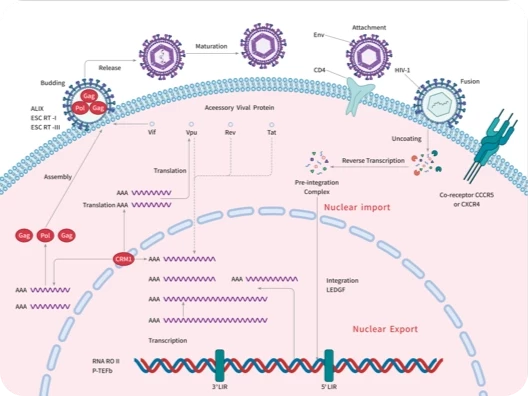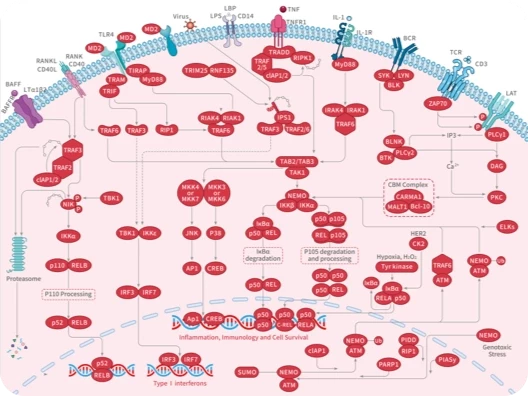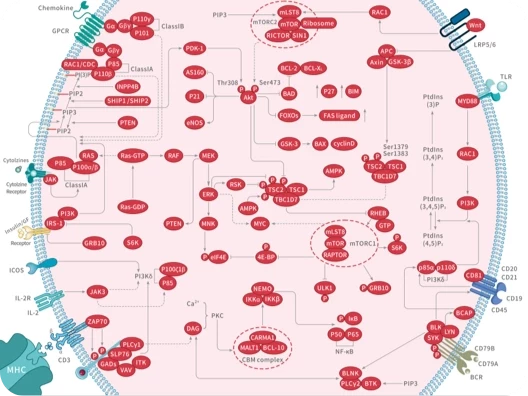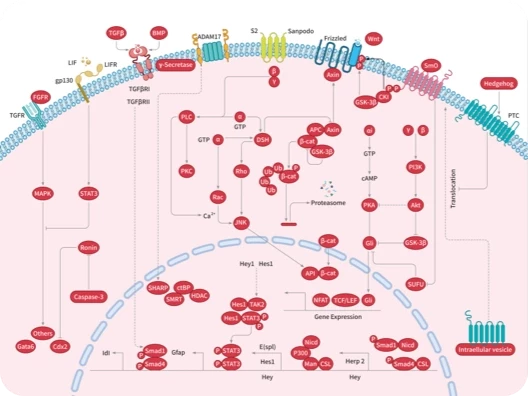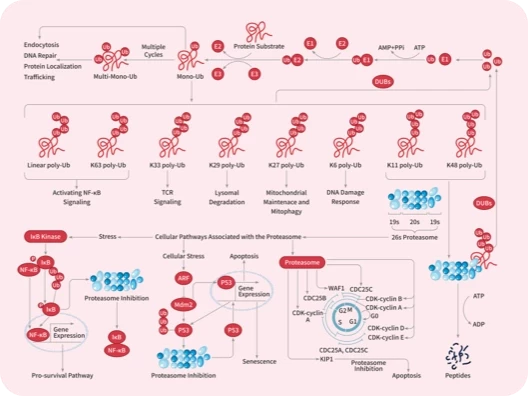- 全部删除
 您的购物车当前为空
您的购物车当前为空
PKC iota Protein, Human, Recombinant (GST)
Protein kinase C iota type, also known as Atypical protein kinase C-lambda/iota, aPKC-lambda/iota and PRKCI, is a cytoplasm, membrane and nucleus protein which belongs to the protein kinase superfamily, AGC Ser/Thr protein kinase family and PKC subfamily. PRKCI contains one AGC-kinase C-terminal domain, one OPR domain, one phorbol-ester/DAG-type zinc finger and one protein kinase domain. PRKCI is predominantly expressed in lung and brain, but also expressed at lower levels in many tissues including pancreatic islets. It is highly expressed in non-small cell lung cancers. PRKCI is a calcium-independent, phospholipid-dependent, serine- and threonine-specific kinase. It may play a role in the secretory response to nutrients. PRKCI is involved in cell polarization processes and the formation of epithelial tight junctions. It is implicated in the activation of several signaling pathways including Ras, c-Src and NF-kappa-B pathways. PRKCI functions in both pro- and anti-apoptotic pathways. It functions in the RAC1/ERK signaling required for transformed growth. PRKCI plays a role in microtubule dynamics through interaction with RAB2A and GAPDH and recruitment to vesicular tubular clusters (VTCs). PRKCI might be a target for novel lipid activators that are elevated during nutrient-stimulated insulin secretion.
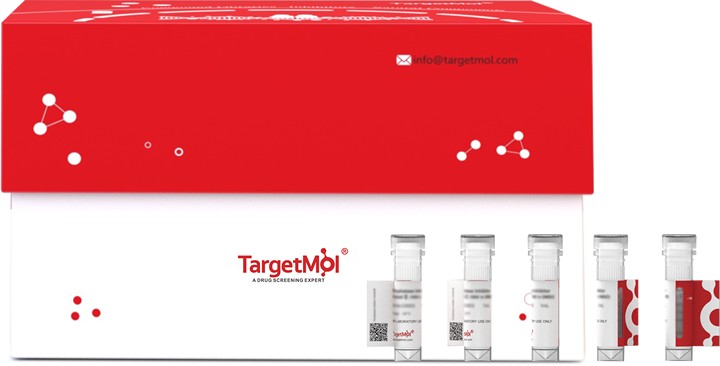
PKC iota Protein, Human, Recombinant (GST)
| 规格 | 价格 | 库存 | 数量 |
|---|---|---|---|
| 50 μg | ¥ 2,530 | 5日内发货 |
产品信息
| 生物活性 | Kinase activity untested |
| 产品描述 | Protein kinase C iota type, also known as Atypical protein kinase C-lambda/iota, aPKC-lambda/iota and PRKCI, is a cytoplasm, membrane and nucleus protein which belongs to the protein kinase superfamily, AGC Ser/Thr protein kinase family and PKC subfamily. PRKCI contains one AGC-kinase C-terminal domain, one OPR domain, one phorbol-ester/DAG-type zinc finger and one protein kinase domain. PRKCI is predominantly expressed in lung and brain, but also expressed at lower levels in many tissues including pancreatic islets. It is highly expressed in non-small cell lung cancers. PRKCI is a calcium-independent, phospholipid-dependent, serine- and threonine-specific kinase. It may play a role in the secretory response to nutrients. PRKCI is involved in cell polarization processes and the formation of epithelial tight junctions. It is implicated in the activation of several signaling pathways including Ras, c-Src and NF-kappa-B pathways. PRKCI functions in both pro- and anti-apoptotic pathways. It functions in the RAC1/ERK signaling required for transformed growth. PRKCI plays a role in microtubule dynamics through interaction with RAB2A and GAPDH and recruitment to vesicular tubular clusters (VTCs). PRKCI might be a target for novel lipid activators that are elevated during nutrient-stimulated insulin secretion. |
| 种属 | Human |
| 表达系统 | Baculovirus Insect Cells |
| 标签 | N-GST |
| 蛋白编号 | P41743 |
| 别名 | protein kinase C, ι,protein kinase C, iota,PKCI,PKC ι,nPKC-ι,nPKC-iota,DXS1179E |
| 蛋白构建 | A DNA sequence encoding the human PKCλ (NP_002731.4) (Met 10-Val 596) was fused with the GST tag at the N-terminus. Predicted N terminal: Met |
| 蛋白纯度 | > 88 % as determined by SDS-PAGE |
| 分子量 | 93.5 kDa (predicted); 100 kDa (reducing conditions) |
| 内毒素 | < 1.0 EU/μg of the protein as determined by the LAL method. |
| 缓冲液 | Supplied as sterile 50 mM Tris, 100 mM NaCl, 0.5 mM GSH, 0.5 mM PMSF, 10% glycerol, pH 7.4. |
| 复溶方法 | A Certificate of Analysis (CoA) containing reconstitution instructions is included with the products. Please refer to the CoA for detailed information. |
| 存储 | It is recommended to store the product under sterile conditions at -20°C to -80°C. Samples are stable for up to 12 months. Please avoid multiple freeze-thaw cycles and store products in aliquots. |
| 运输方式 | Kinases are highly recommended to be shipped at frozen temperature with blue ice or dry ice. |
| 研究背景 | Protein kinase C iota type, also known as Atypical protein kinase C-lambda/iota, aPKC-lambda/iota and PRKCI, is a cytoplasm, membrane and nucleus protein which belongs to the protein kinase superfamily, AGC Ser/Thr protein kinase family and PKC subfamily. PRKCI contains one AGC-kinase C-terminal domain, one OPR domain, one phorbol-ester/DAG-type zinc finger and one protein kinase domain. PRKCI is predominantly expressed in lung and brain, but also expressed at lower levels in many tissues including pancreatic islets. It is highly expressed in non-small cell lung cancers. PRKCI is a calcium-independent, phospholipid-dependent, serine- and threonine-specific kinase. It may play a role in the secretory response to nutrients. PRKCI is involved in cell polarization processes and the formation of epithelial tight junctions. It is implicated in the activation of several signaling pathways including Ras, c-Src and NF-kappa-B pathways. PRKCI functions in both pro- and anti-apoptotic pathways. It functions in the RAC1/ERK signaling required for transformed growth. PRKCI plays a role in microtubule dynamics through interaction with RAB2A and GAPDH and recruitment to vesicular tubular clusters (VTCs). PRKCI might be a target for novel lipid activators that are elevated during nutrient-stimulated insulin secretion. |










